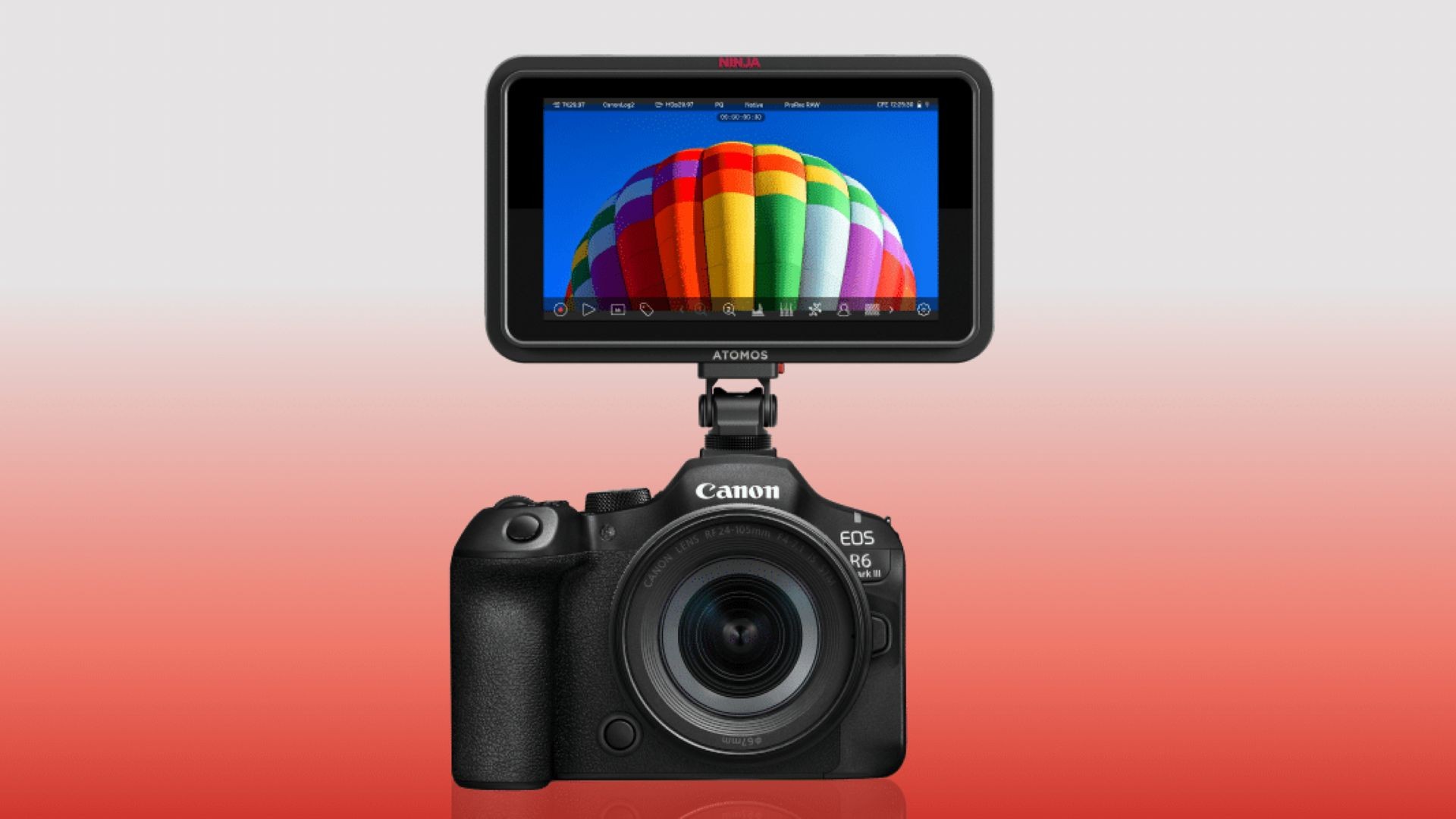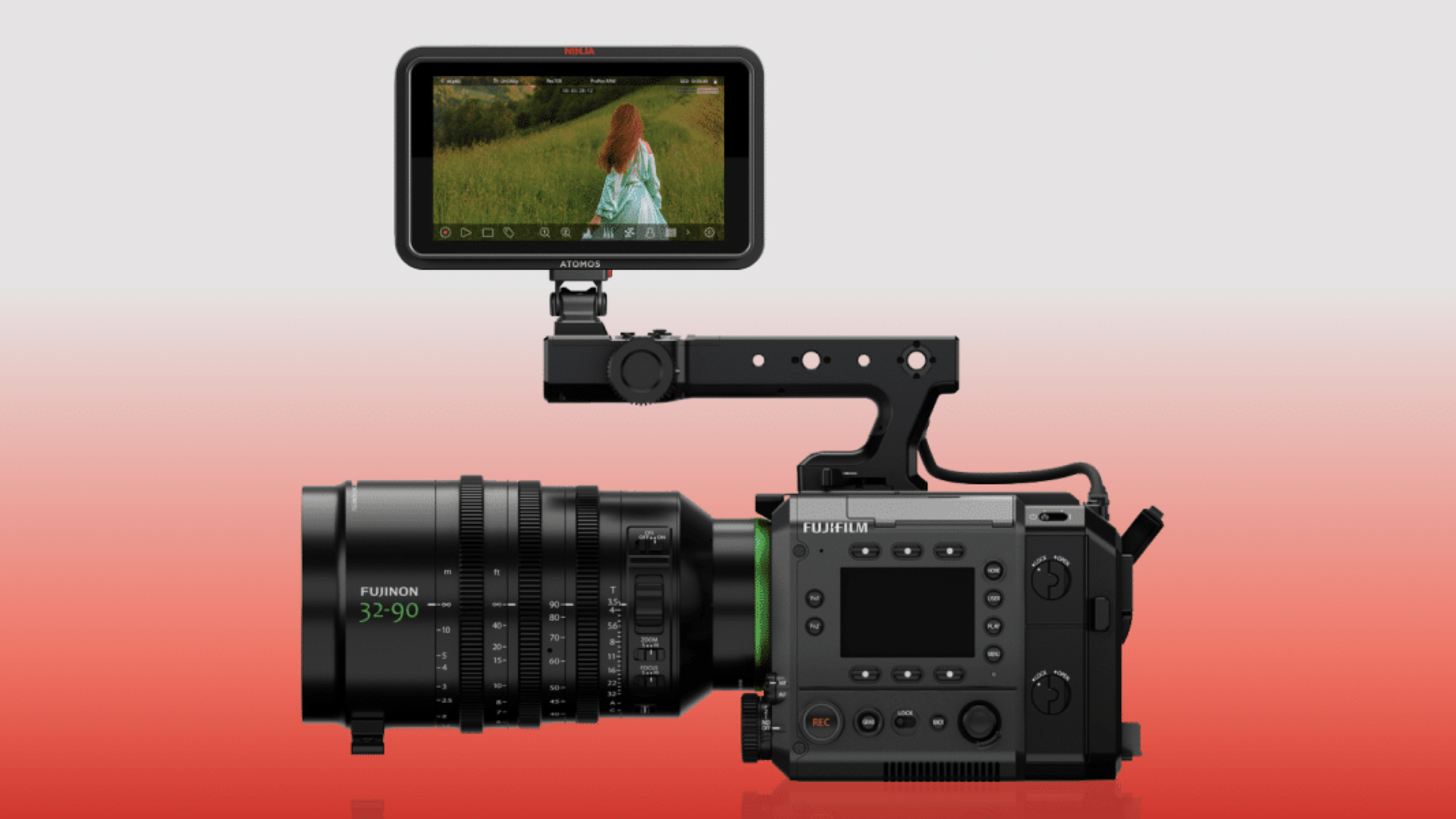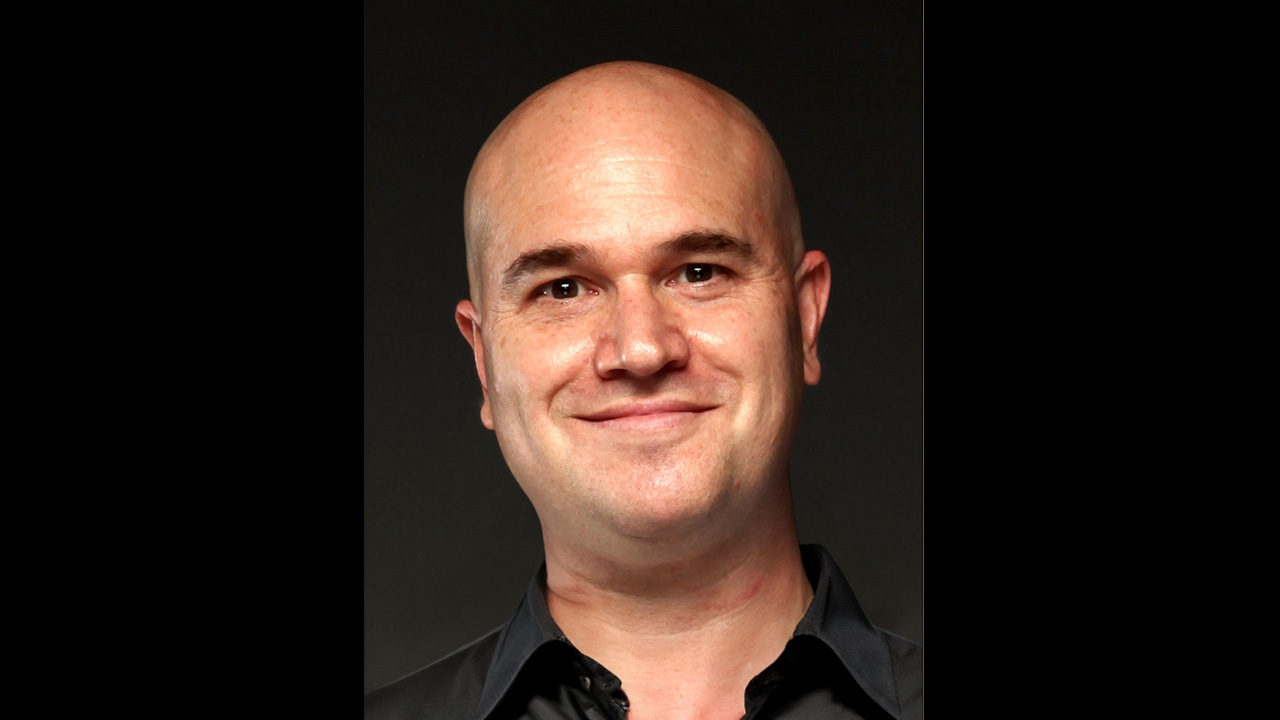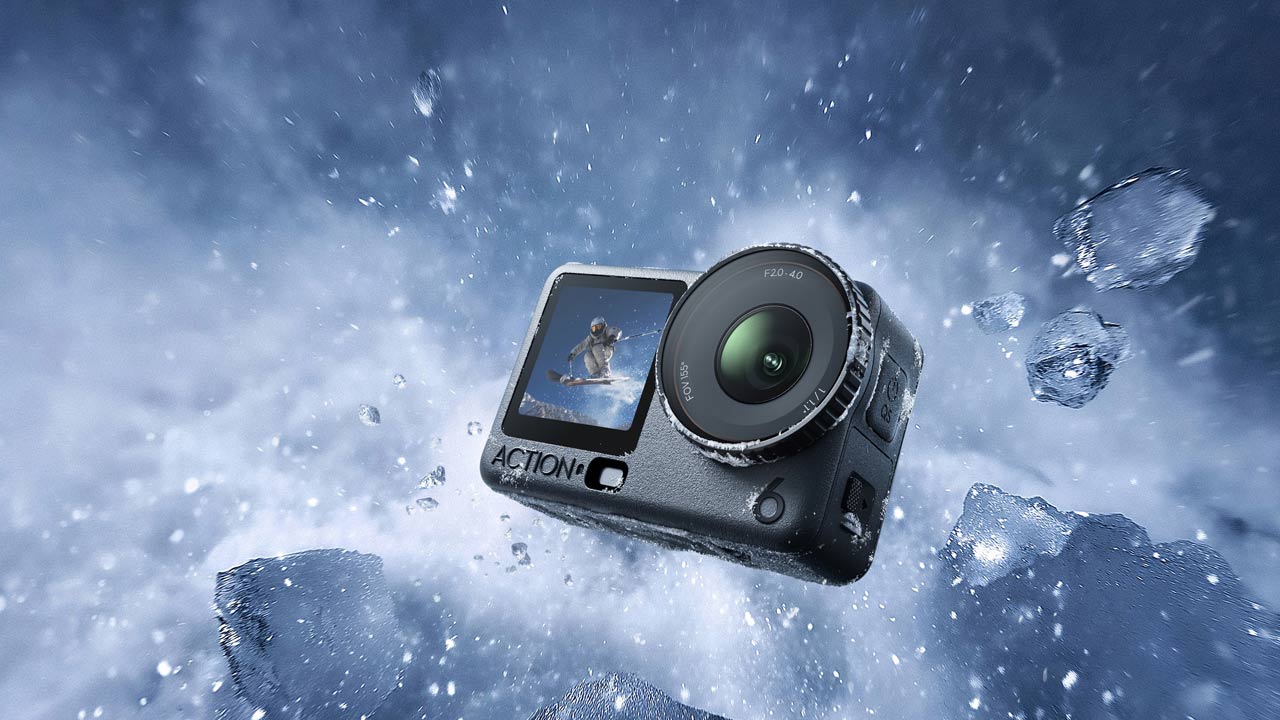ATOMOS CONNECT – The New Cloud Optimization Tool

- What is ATOMOS CONNECT?
- Trials
- Unexpected needs from another department
- When do you need C2C, and in what kind of field is it effective?
- Differences between ATOMOS CONNECT/SHOGUN CONNECT/ZATO CONNECT
- In C2C, proxy > original file maybe?
- In Conclusion
What is ATOMOS CONNECT?
ATOMOS CONNECT is a breakthrough module that optimizes ATOMOS recording monitors for cloud-based workflows. In addition to being available by docking with the existing NINJA V and NINJA V+, there is SHOGUN CONNECT as a built-in type.
By attaching this module, it becomes possible to connect to the network via Wi-Fi, and by linking with Adobe’s “Frame.io” cloud collaboration tool, project members can share freshly shot footage anywhere in the world. can be shared online to
Even before Frame.io was acquired by Adobe, I learned of its existence through editors who were highly interested in cloud workflows, and used it for remote grading feedback work, especially during the stay-at-home period. In a secure environment, you can easily share with only the people you want to share, you can create a folder hierarchy to store materials, you can record videos in units of one frame (this is really appreciated!), and you can fill in text or handwriting. That’s what this platform does. It is also equipped with a function that displays the timecode when the mouse is moved over the seek bar, which is a little too appreciated in certain situations.
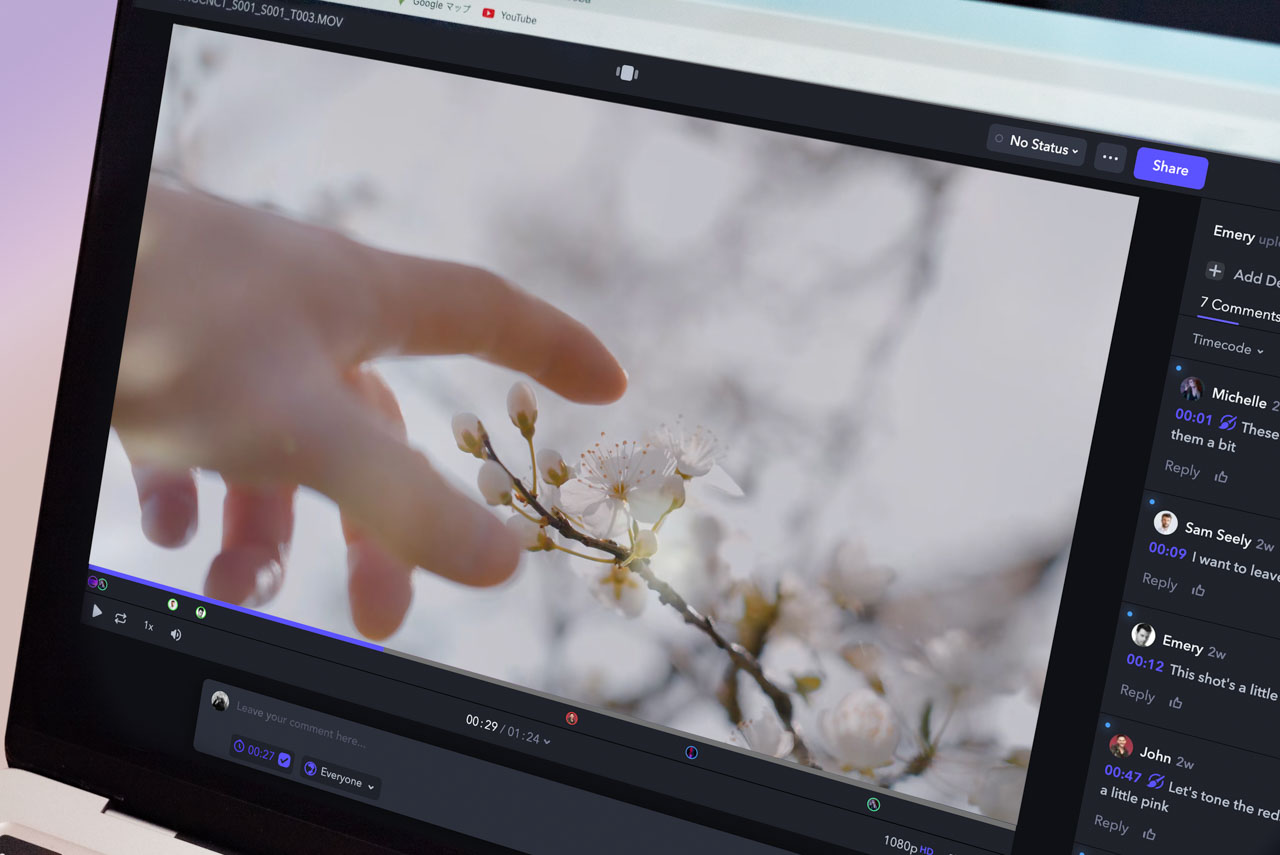
For this review, MEDIAEDGE, which handles ATOMOS products in Japan, especially those linked to such a convenient collaboration tool “Frame.io Camera to Cloud (hereinafter: C2C),” graciously lent me “SHOGUN CONNECT.” I decided to review the ease of use based on a real workflow based on an actual video project site.
Trials
During the shooting period of a particular short film, I was allowed to borrow the SHOGUN CONNECT. I then asked myself whether it would be possible for the team to operate and utilize it for a medium to long term, and how high the hurdles were to introduce it. I gently put the SHOGUN CONNECT on it and verified it.
Here’s what the actual organization chart looks like:
Basic Organizational Chart:
- Director
- Producer
- Production Department
- Editing Department
- Design and Decoration Department
- Stylist
- Hair and Makeup
- Cinematography Department
Partly because of the director’s challenging attitude of trying to keep the number of people in each department to a minimum, the number of people in each department was considerably reduced. There will inevitably be a lot of people in a video shoot, so I think the organizational chart itself ended up feeling more solid than originally expected.
In the shooting department I led, we basically always had two cameras, A-cam and B-cam, and shot with Slog3 with Sony FX3 body recording, but it was decided from the beginning that we would mainly use AF without a focus puller. The full-time assistant position was basically only one chief. It’s like a pinch hitter and +1 person or something like that. Therefore, while chaos was expected, we secured a DIT (Data Imaging Technician) to prevent any sad data-related incidents related to backups. In such a crowded situation, we decided that it would be comfortable to install SHOGUN CONNECT at the base of DIT.

In a normal data management flow, the video file is wirelessly transferred from the camera to the DIT booth, and, while the DIT creates proxy data with some kind of capture device, the camera assistant delivers the raw media at the timing of the reel change, and the DIT base I wonder if it will back up important footage via a card reader or the like.
This time it was basically the same. In particular, since it was a site where there was no assumption about verification, from the viewpoint of accident prevention, I thought that SHOGUN CONNECT would be left as a supplementary existence, and I would review the usability after calming down. However, the role came at an unexpected time.
Unexpected needs from another department
The shooting of the short film took place over consecutive days, but when I was returning home after shooting, the styling team and the art team checked my belongings in connection with the scene to be shot the next day. It’s like, ‘What was the prop holding at the end of that scene we shot today?’
This time, SHOGUN CONNECT was set up on the DIT base with a hint of hesitation, but in fact, the proxy shooting data was smoothly uploaded via C2C from the side of the recording via the mobile router placed on site. In addition, since the Frame.io confirmation URL was shared in advance with the organization-wide contact message group, it was only necessary to contact them simply by saying, “It’s up here,” checking each clip of reasonably heavy shooting data, capturing it and sending it, or playing a game of messaging the various departments, where you contact the shooting department and ask them to tell you if you do not have the data… It saved me a lot of wasted effort. This was an unexpected and welcome boon at the end of a long and exhausting job site.
Also, there were staff members from other departments who told me that instead of asking someone in the shooting department to check directly, it would be easier for them to just go and check for themselves, so it would be less stressful.
When do you need C2C, and in what kind of field is it effective?
What surprised me was that SHOGUN CONNECT was able to continue uploading briskly via mobile Wi-Fi. To be honest, it was running for a long time and it was generating heat, but the HD proxy data could be uploaded without stopping at all.
For example,
- A few elite level projects
- In the field where it is better to upload the proxy to the cloud reliably and without hassle,
- But not a budget that can call DIT,
- Moreover, there is an editor in a remote place,
- But I have to edit from the side of shooting and run until delivery
If it’s something like that, C2C will definitely work.
The same is true for film projects where a large amount of short material is shot and it is difficult to extract the data for editing without using a capture board.
On the other hand, if you are working on a project alone, such as a personal Vlog or a simple YouTube shoot and edit, and you don’t have anyone to collaborate with after uploading it, you don’t need C2C at all. Or rather, if it were me, I wouldn’t bring it because it would only make the equipment heavier. I feel that the minimum configuration where this product is useful is “at least between two people” of the shooting department (cameraman) and the editor, especially when work is done via the cloud. Or for one-man situations where you want to quickly edit with a proxy without removing the recording media from the camera for some reason.
Differences between ATOMOS CONNECT/SHOGUN CONNECT/ZATO CONNECT

The product lent to me this time was the SHOGUN CONNECT, which is a conventional SHOGUN (7-inch recording monitor) with built-in C2C functions. On the other hand, ATOMOS CONNECT, as mentioned above, is a product that allows you to add cloud tool functions to the NINJA V (5-inch recording monitor) and NINJA V+ (5-inch new monitor). As for the first ZATO CONNECT, it is a built-in model (5-inch recording monitor) that specializes in streaming distribution. When connected to a network, it is a preview monitor that can be used as a source for YouTube, live streaming, and webcams. The point is that these products can be connected to Wi-Fi as long as there is a network environment, and they are enclosures that can play back and record images stand-alone.

*Click image to enlargeSince I mainly do shooting that is not live distribution, there are few situations where I use ZATO CONNECT, which specializes in distribution functions. I got the impression it was useful.
In C2C, proxy > original file maybe?
After all, I’m curious, isn’t it possible to record original data such as Apple ProRes RAW with C2C? I think that’s what it means. However, due to the nature of “uploading data on the go”, unless the line speed is very stable and fast, I want to upload with C2C is a lightweight proxy that is the last resort (insurance). I think that. The most important thing is that the proxy can be recorded and backed up at the same time as the main unit recording, so the format of the upload file that I want to set is “proxy>original file” in my mind. .
In Conclusion
In the filming location where I tested everything out this time, I think that the ATOMOS products were used seamlessly across departments unexpectedly, betraying my assumptions. I wanted to avoid increasing the work of on-site installation support in order to access files uploaded by C2C, but since the confirmation URL was widely known, it was as easy as handing over a YouTube link. Since I was accepted, my worries ended in vain. And I think I was able to save potential time and focus on the content of the shoot by preventing the distraction of consciousness.
Also, as a personal theme, I have a viewpoint of “how can we make full use of technology to make the point of saving human labor <what only humans can do>”, so if there is a matching project, I will continue to actively It is a product that I would like to choose for.
Originally written in Japanese by Runa Yukimori
From oil painting to the world of photography, from DSLR movies to the world of video, she has pursued her own career. With a small number of elites, she uses the latest equipment to create a seamless production style, and while understanding the characteristics of each digital and analog, she shoots and directs movies, commercials, and music videos, as well as real-time composite distribution of 3DCG and vertical video. Involved in many productions. In 2023, her short film “Lemon Dream” shot with film director Shunji Iwai will be distributed on LINE VISION.


